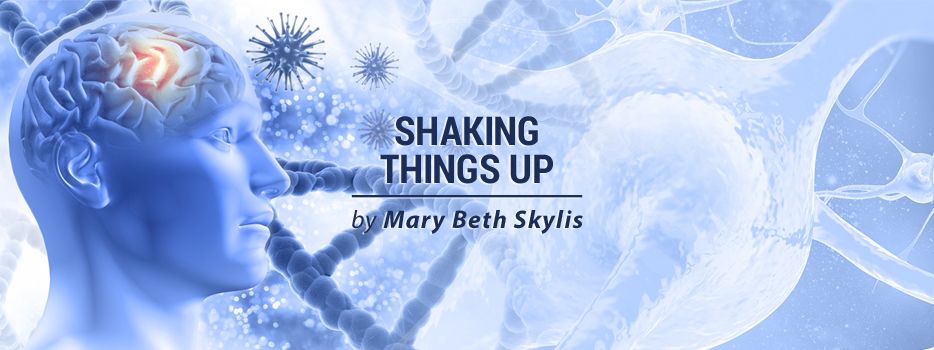My Dad’s Parkinson’s Progression Reminds Me of Benjamin Button

When we’re born into this world, it takes us about seven months to sit up for the first time. It takes about a year to learn how to walk. The learning process is long and difficult, and riddled with unsuccessful attempts and blunders along the way.
The act of walking requires the development of many skills. It isn’t quite as simple as placing one foot in front of the other. Instead, we learn how to coordinate, balance, and support our weight on each leg.
As a movement disorder, Parkinson’s disease commonly affects one’s ability to walk. Rather than experiencing an intuitive walking experience, many people struggle to start and stop walking. They might also lean forward or backward while struggling to find balance. And on occasion, they might experience freezing episodes.
While I watch my dad navigating his way across the house, I can’t help but think of him as Benjamin Button, the character by F. Scott Fitzgerald who ages backward. In Fitzgerald’s book, Button was born an 80-year-old man, and then grew into an infant, although he reaches the age of 84.
Instead of my dad teaching me how to walk, I allow him to lean on me as he loses his ability to stay upright on his own. The child becomes the adult, while the adult’s abilities waver. And I don’t want to see my parents grow old.
Learning how to walk
Even if we age without the added difficulty of managing a disease like Parkinson’s, a strange transition takes place as we grow old. Infants progress from being helpless to becoming independent. And as we grow closer to death, we seem to transition from being independent to being helpless again.
Suddenly, we no longer feel comfortable trusting our abilities to walk across the ice on the sidewalk safely. Instead, we lean on a cane or a loved one to provide ourselves extra support.
Learning how to ‘un-walk’
The fictional depiction of Benjamin Button is haunting in its accuracy — figuratively, anyway. While we don’t exactly become infants when we age, there does seem to be a loss of ability.
For my dad, this looks like difficulty walking. Parkinson’s disease is robbing him of his ability to move at a faster rate than other people who are aging. Taking a step forward is no longer an intuitive process for him. Instead, it’s calculated. He must think about it every time and choose his movements rather than intuitively walking into the void.
While my dad begins to lose his ability to walk, I try not to offer help if he doesn’t need it. I want him to be able to maintain his independence as long as possible. But the stark reality also hints at a time when he won’t be able to walk anymore. If we’re lucky enough to keep him in our lives for as long as we hope, we’ll continue to witness what I call the “un-walking process.”
Because those who struggle with Parkinson’s disease face a lack of dopamine in the brain, it’s common for them to have issues with movement. Dad, like Benjamin Button, seems to be moving backward, his progress faltering against the disease.
The human life cycle
I think Fitzgerald may have been onto something when he painted the picture of Benjamin Button. The human life cycle is commonly depicted as circular. First, we’re born, then we learn, we live, we fade, and we die. Then the nutrients that our bodies give the earth allow for future generations to be born and supported, paving the way for someone else to live, fade, and die.
***
Note: Parkinson’s News Today is strictly a news and information website about the disease. It does not provide medical advice, diagnosis, or treatment. This content is not intended to be a substitute for professional medical advice, diagnosis, or treatment. Always seek the advice of your physician or another qualified health provider with any questions you may have regarding a medical condition. Never disregard professional medical advice or delay in seeking it because of something you have read on this website. The opinions expressed in this column are not those of Parkinson’s News Today or its parent company, Bionews Services, and are intended to spark discussion about issues pertaining to Parkinson’s disease.







Leave a comment
Fill in the required fields to post. Your email address will not be published.